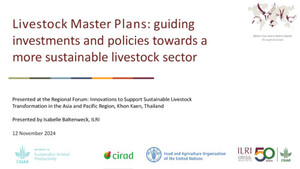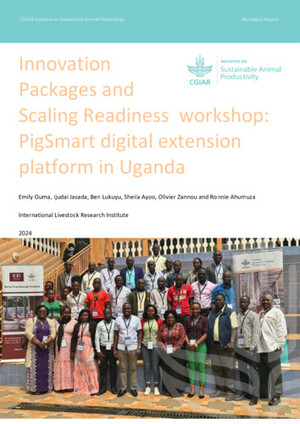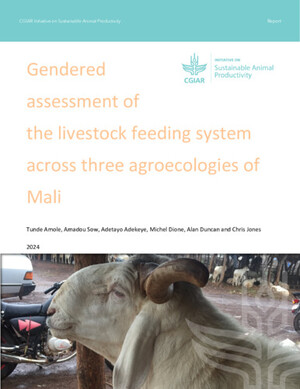
The yield and persistence of selected forage legumes in subhumid and semi-arid West Africa
Abstract
Trials were conducted at 7 sites in northern Nigeria to identify forage legumes as alternatives to Stylosanthes hamata cVerano. Initial screening of 46 accessions at each site led to the identification of the best 8 for each site. These were then tested for 4 years, the first 2 with careful management (weeding) followed by 2 years without weeding to determine persistence. S. hamata grew well and persisted at almost all sites but it was possible to identify some other accessions with potential. S. scabra showed some promise for wetter subhumid areas such as Makurdi and Jos; Chamaecrista rotundifolia and Centrosema brasilianum performed well at semi arid sites (Bauchi and Rano). Centrosema pascuorum and S. humilis have potential for use in very dry semi-arid areas such as maiduguri where they may be used in a cut and conserve situation.
Citation
Tropical Grasslands;28(2): 80-89










